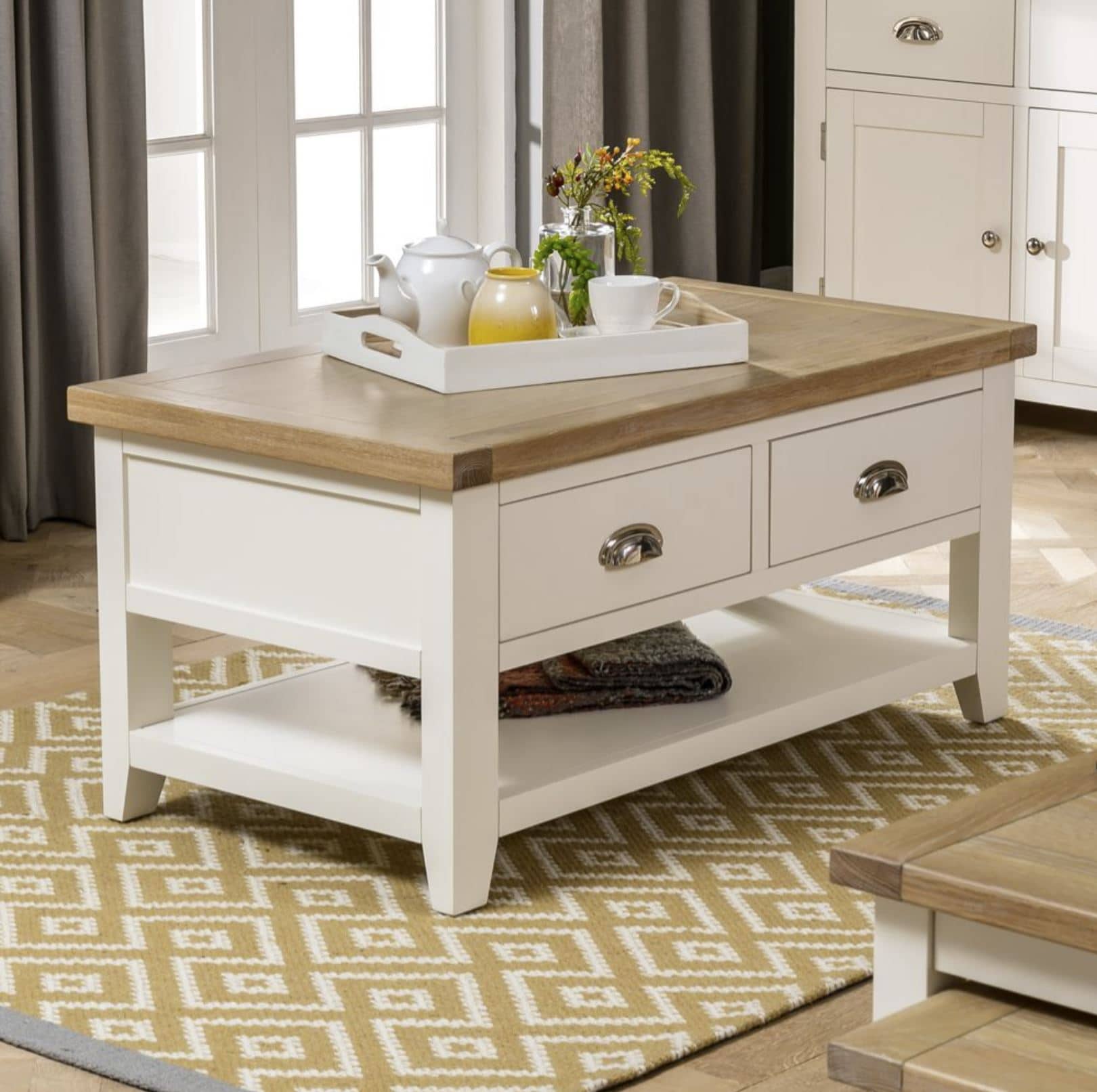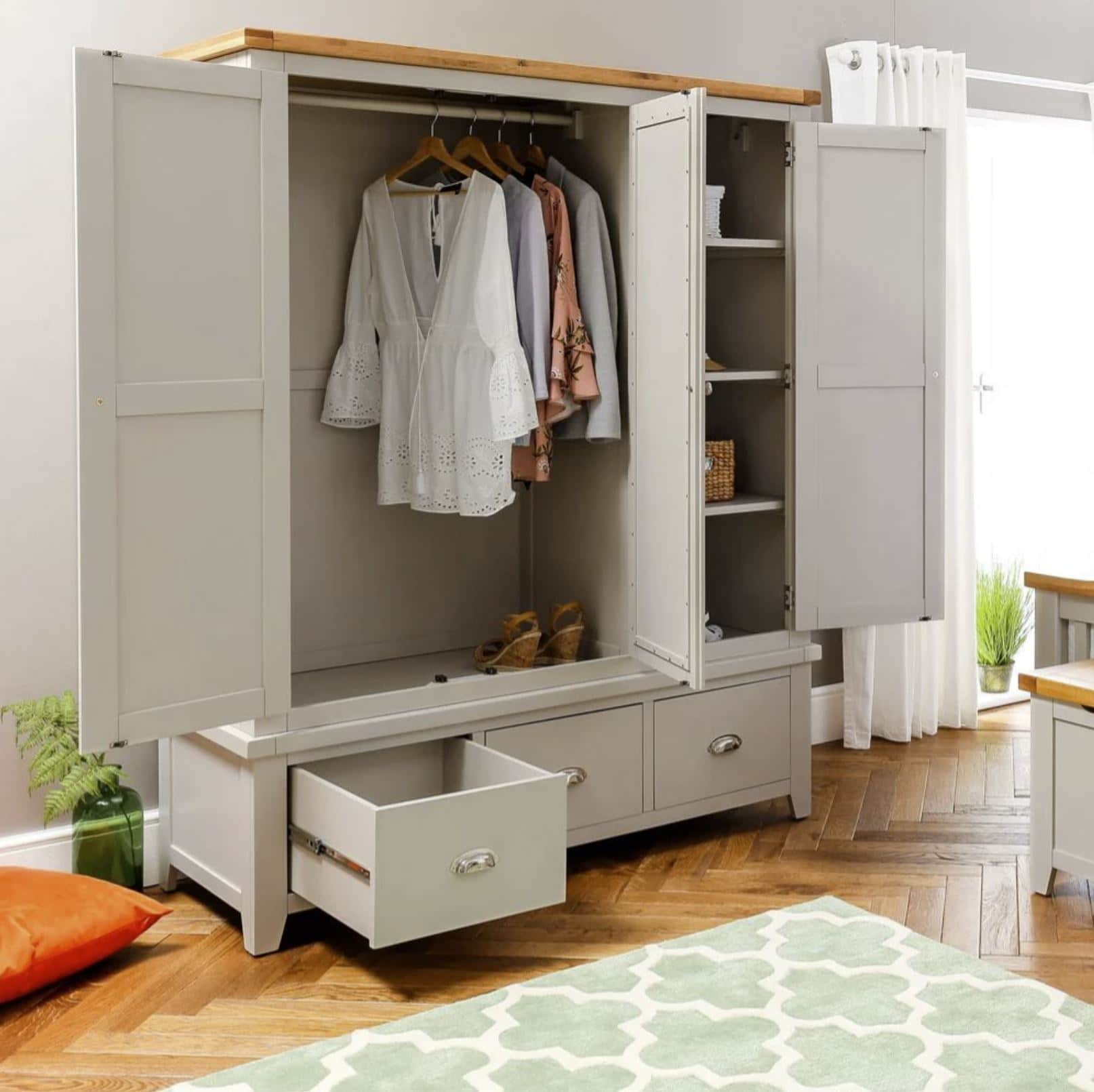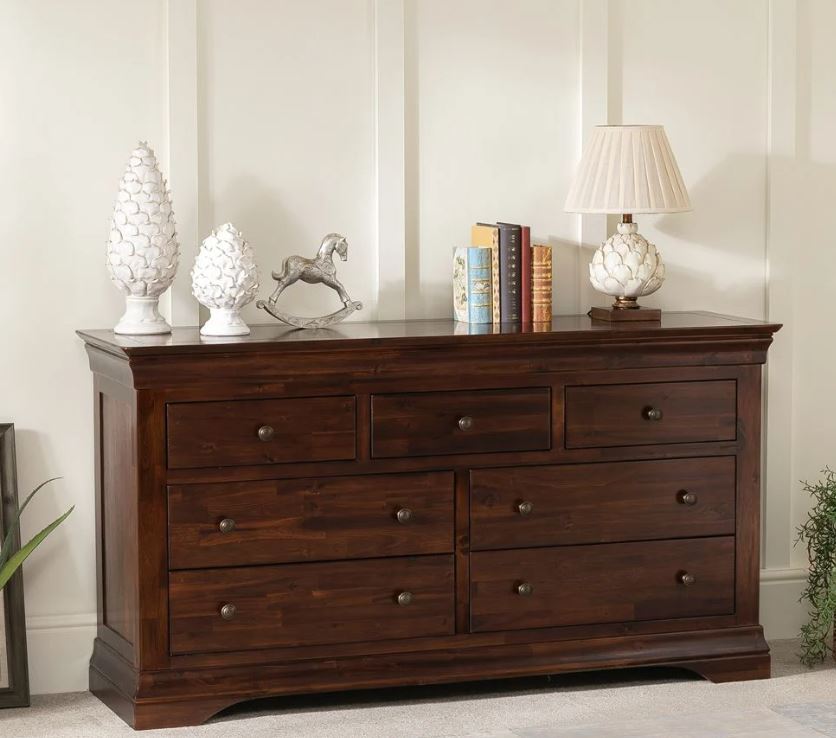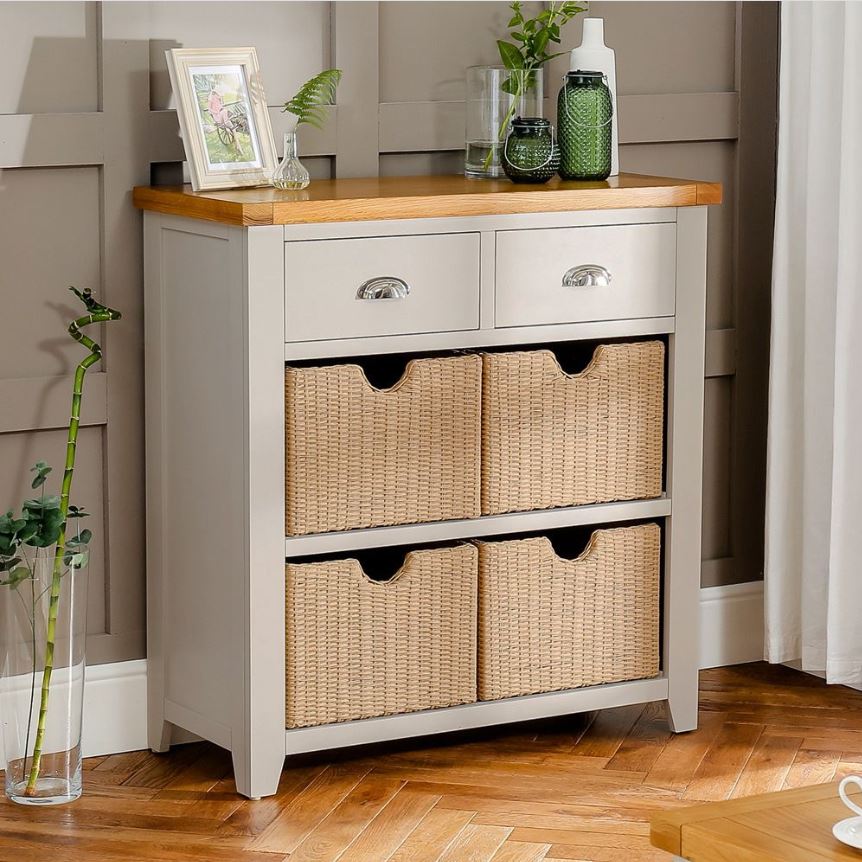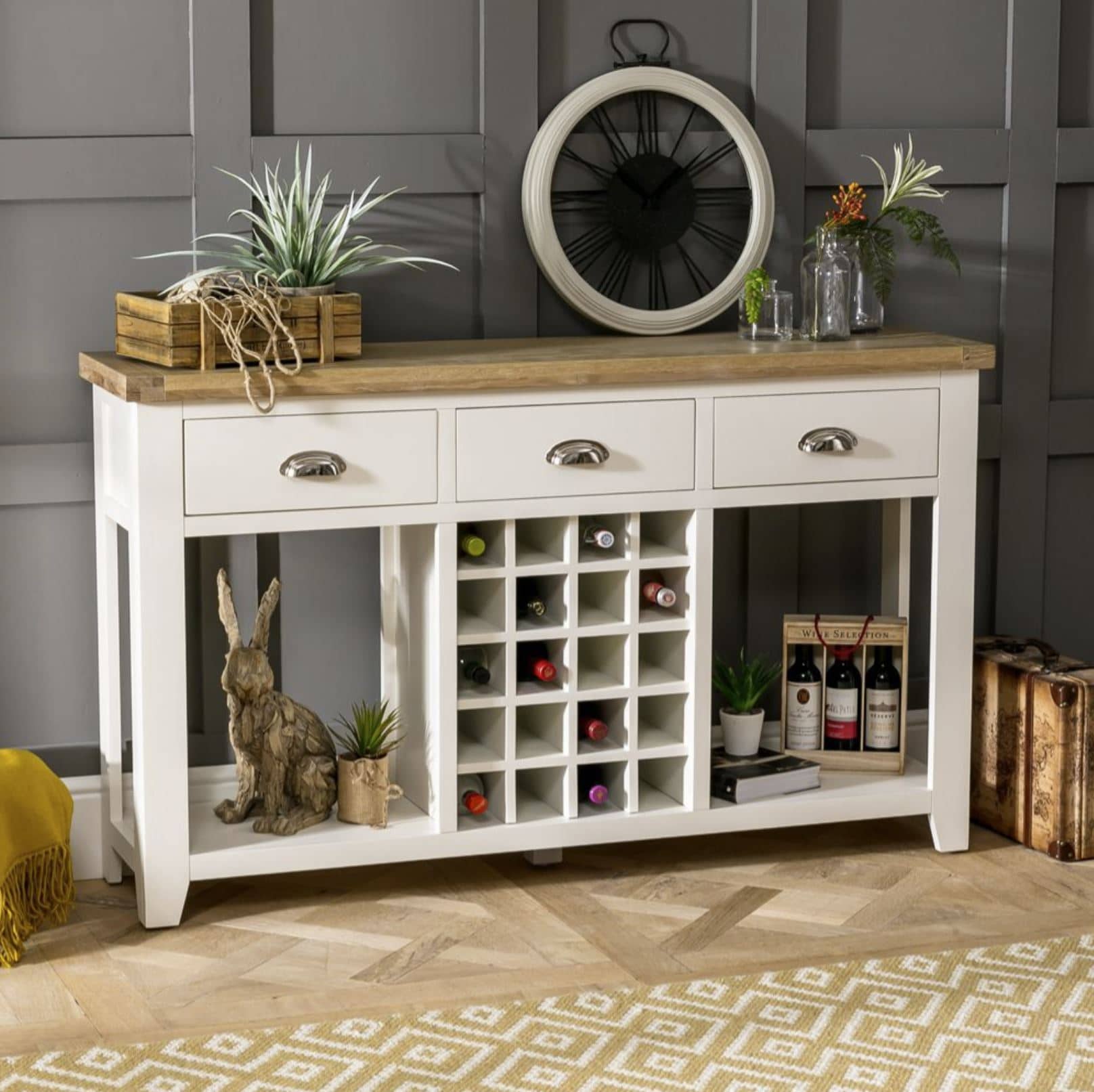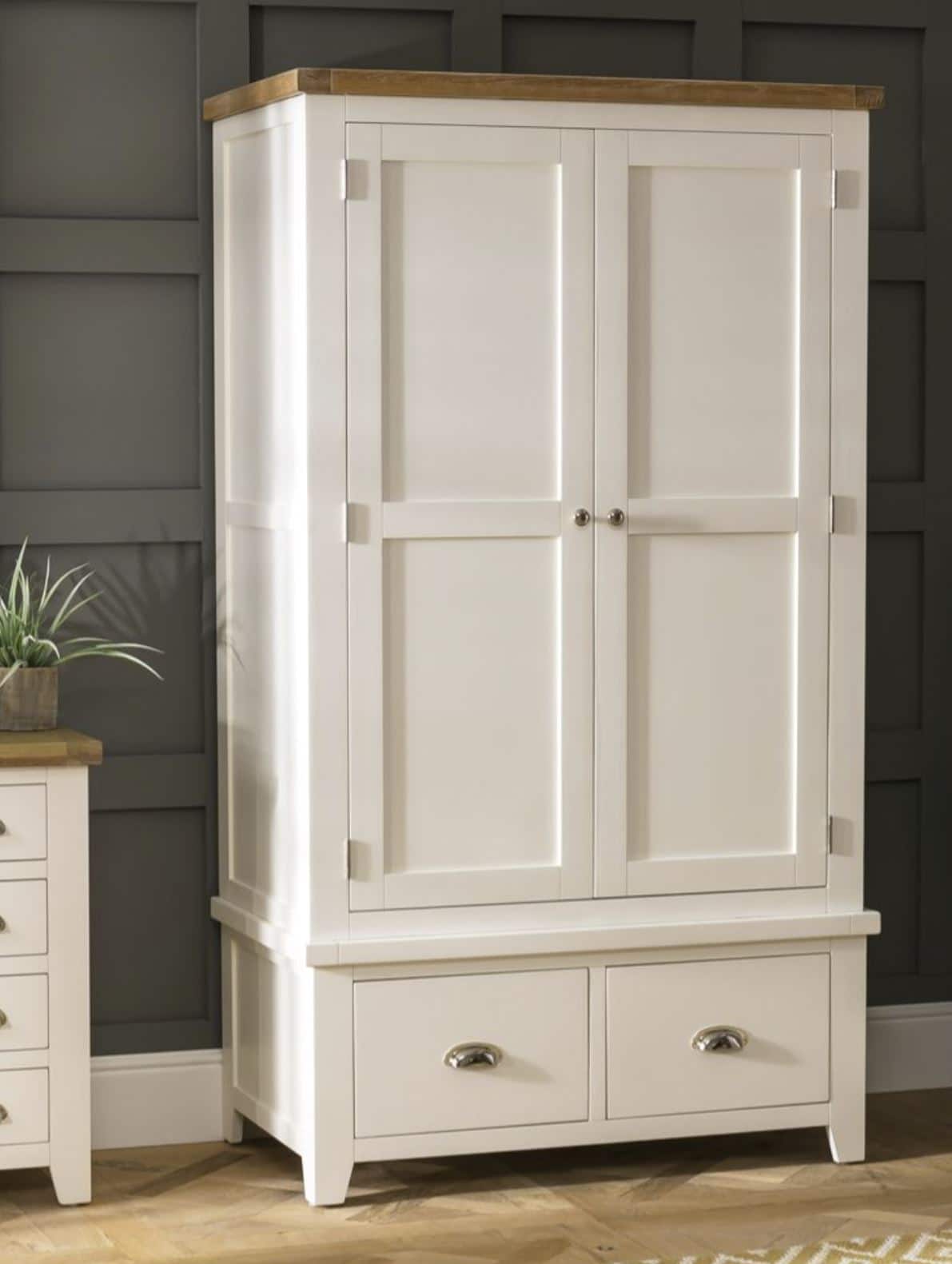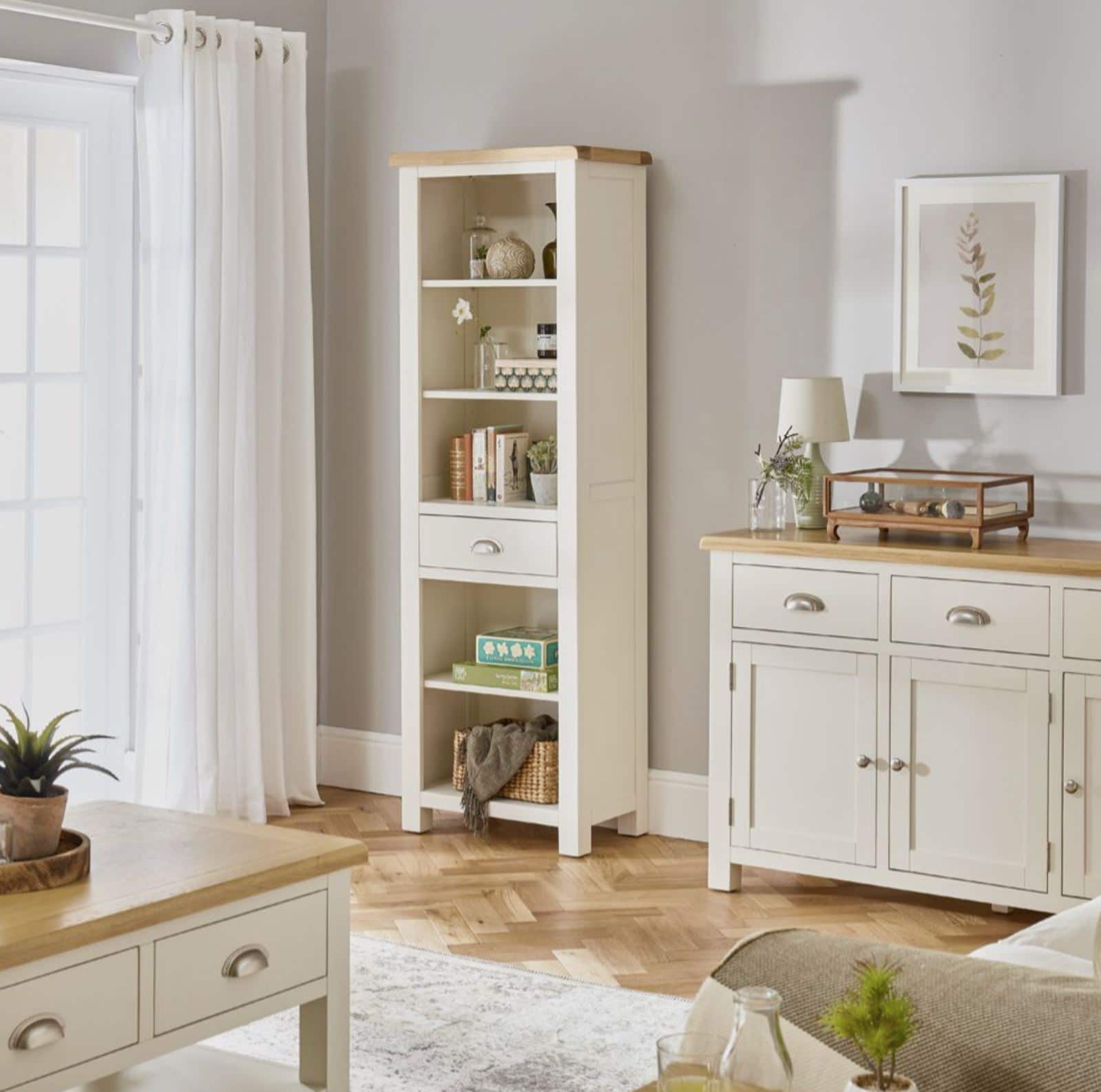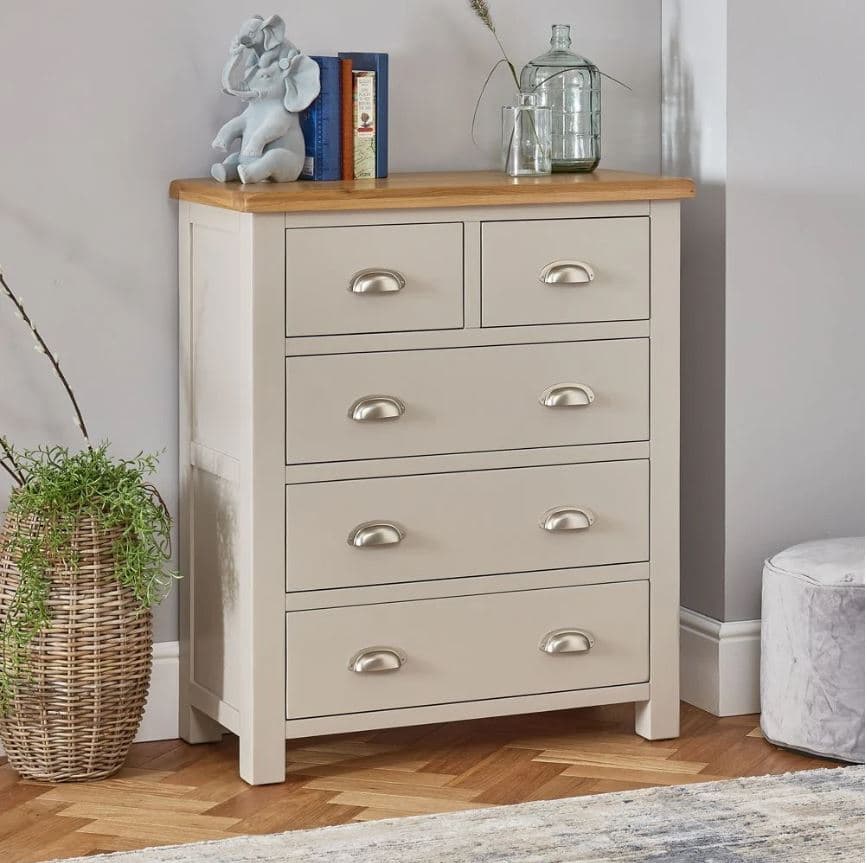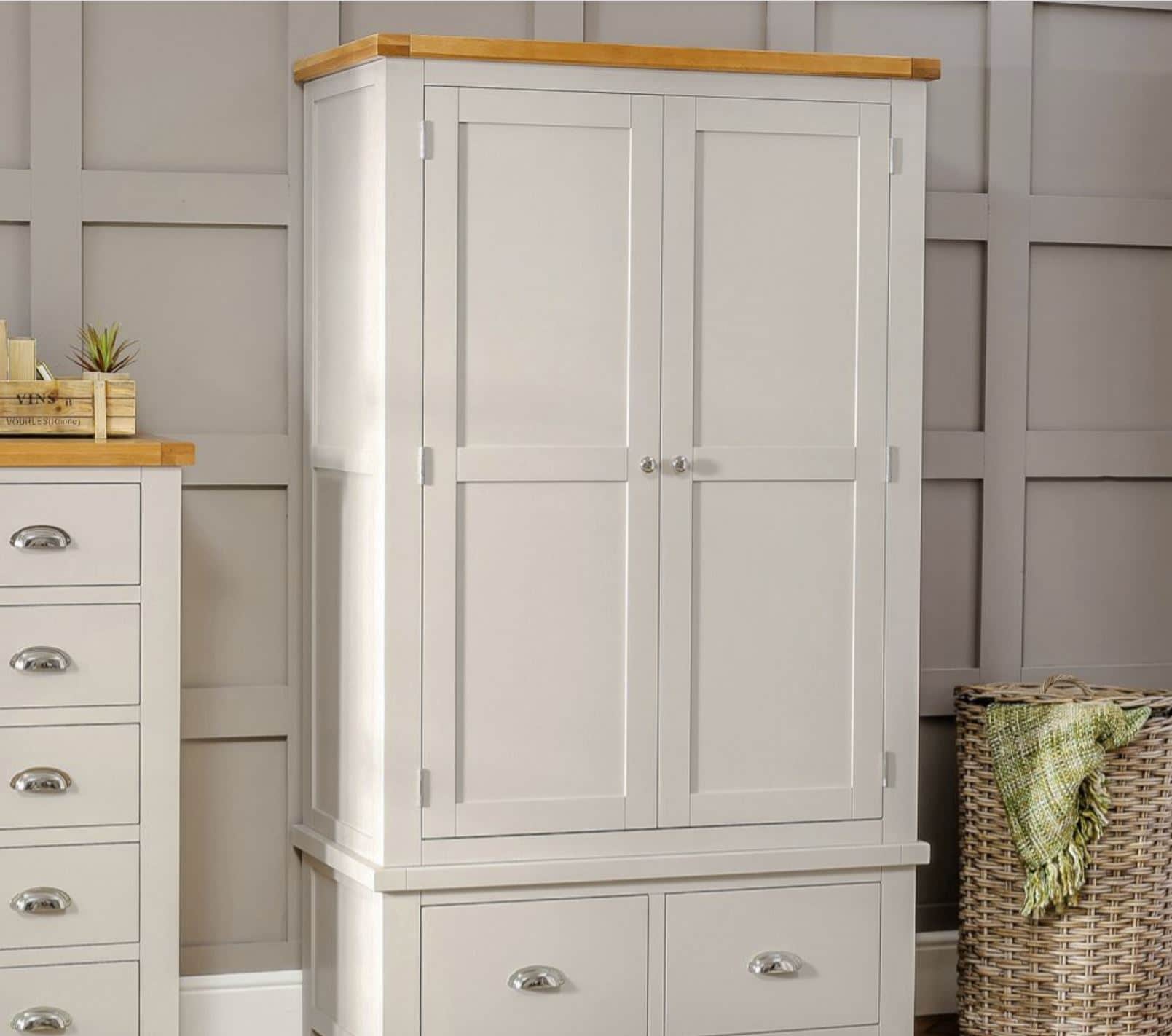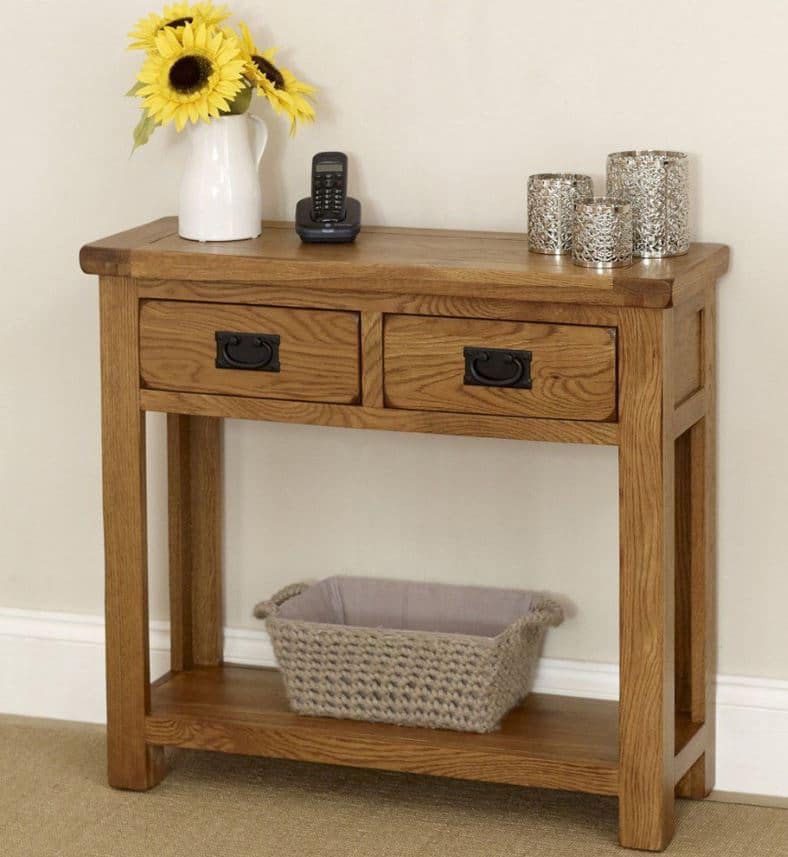Herringbone Floors
- By Alicia Newman
- Interior Design Ideas
- views
Statement floors and ceilings are set to be a popular trend this year as they provide a stylish alternative to a wallpapered or painted feature wall and can be clashed or co-ordinated with your interior design. Herringbone floors have been an elegant choice of flooring for many years and the classic and refined finish that it creates is perfect for creating a sense of sophisticated luxury in any room of the home.
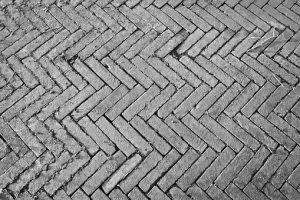 The patterns that we associate with herringbone or parquet floors have been used in interiors since the roman times; although instead of wood which is the main choice of material for these floors today, Romans would have used stone or tiles to create the distinct patterns. They also used the herringbone design for their roads as they discovered that laying the bricks in a zig zag design made the surface of the road more durable and hardwearing. This pattern of flooring continued to be used throughout the middle ages using heavy stone and bricks to create a stable surface for walking.
The patterns that we associate with herringbone or parquet floors have been used in interiors since the roman times; although instead of wood which is the main choice of material for these floors today, Romans would have used stone or tiles to create the distinct patterns. They also used the herringbone design for their roads as they discovered that laying the bricks in a zig zag design made the surface of the road more durable and hardwearing. This pattern of flooring continued to be used throughout the middle ages using heavy stone and bricks to create a stable surface for walking.
It was only in the 16th century that this pattern of flooring began to be laid using wood instead of more rugged stone. One of the first appearances of a wooden herringbone floor was in 1539 in the Francois I Gallery in Chateau de Fontainebleau near Paris. The floor was designed and produced by an Italian designer and it immediately sparked a huge trend in pattern wood flooring in France around this period.
Popularity of herringbone flooring continued through the 17th, 18th and 19th century with this style of flooring being lain in notable building across Europe. Palaces and estates of the most wealthy were sure to feature a herringbone style floor as well as castles and historic buildings, some of which can still be seen today. Herringbone flooring was introduced in the UK in the 17th Century by Queen Henrietta Marie, wife of Charles I when she was remodelling her residence at Somerset House and wanted to bring the style and elegance of the French palaces into her home.
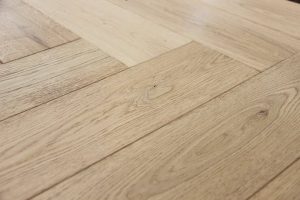 Herringbone has made a huge comeback this year with more and more people opting to bring back the elegance and sophistication associated with period style homes. Classic oak or mahogany herringbone flooring will look wonderful paired with classic and rich historic colour schemes and co-ordinating furniture to create a cosy and regal feel that works particularly well in hallways, living room and dining room areas. If you are not a fan of traditional interior design, there is no need for you to miss out on this trend. Try selecting wood that had been painted or treated to give a variation in colour that will look great in modern homes. Grey, white and cream will create a crisp and cosy feel in any room while a more bold monochrome herringbone pattern will update a plain neutral space and create a sleek visual style within your chosen room.
Herringbone has made a huge comeback this year with more and more people opting to bring back the elegance and sophistication associated with period style homes. Classic oak or mahogany herringbone flooring will look wonderful paired with classic and rich historic colour schemes and co-ordinating furniture to create a cosy and regal feel that works particularly well in hallways, living room and dining room areas. If you are not a fan of traditional interior design, there is no need for you to miss out on this trend. Try selecting wood that had been painted or treated to give a variation in colour that will look great in modern homes. Grey, white and cream will create a crisp and cosy feel in any room while a more bold monochrome herringbone pattern will update a plain neutral space and create a sleek visual style within your chosen room.
For more ideas on using a herringbone floor in your home interior, take a look at this week’s latest Pinterest board - Pinterest - Herringbone Floors.


